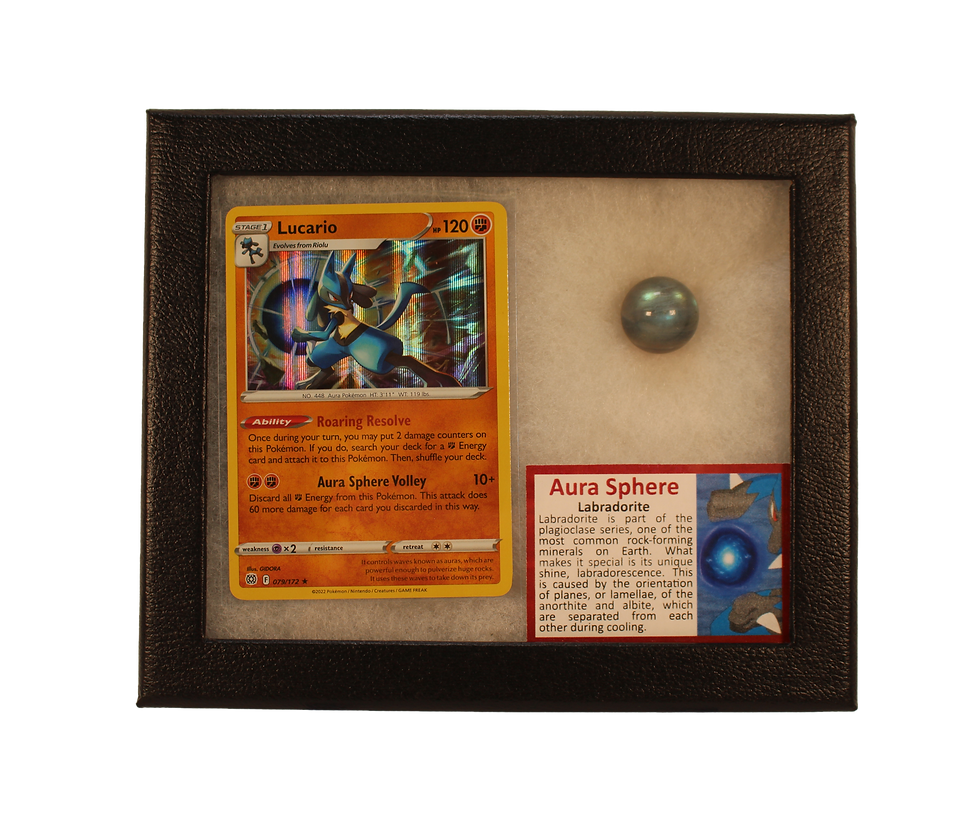STS-43, also known as Space Shuttle Atlantis mission STS-43, was the ninth flight of the Space Shuttle Atlantis and took place from August 2 to August 11, 1991. This mission was notable for its primary objective of deploying the Tracking and Data Relay Satellite-5 (TDRS-5) and conducting various scientific experiments. It was part of NASA's efforts to expand its space-based communication and tracking capabilities.
Historical Context:
Space Shuttle Program: The Space Shuttle program, launched by NASA in the 1970s, aimed to create a reusable spacecraft capable of carrying astronauts and payloads to and from low Earth orbit. By the time of STS-43, the program had been operational for over a decade.
Space-Based Communication: Reliable communication and data relay with spacecraft, such as the Hubble Space Telescope and various Earth-orbiting satellites, were essential for scientific research and military applications. The TDRS system played a crucial role in enhancing this capability.
Crew of STS-43:
John E. Blaha (Commander): John Blaha was a U.S. Air Force Colonel and experienced astronaut. He later flew on several other Space Shuttle missions and spent time aboard the Russian space station Mir.
Michael A. Baker (Pilot): Michael Baker, a U.S. Air Force Colonel, served as the pilot for STS-43. He went on to command other Space Shuttle missions during his career.
Shannon W. Lucid (Mission Specialist): Shannon Lucid, a biochemist, was the first American woman to serve aboard the Russian space station Mir. Her career also included five Space Shuttle missions.
James C. Adamson (Mission Specialist): James Adamson, a U.S. Army Colonel, was responsible for operating the remote manipulator system (RMS) during the mission. STS-43 was his first spaceflight.
G. David Low (Mission Specialist): G. David Low, a physicist, operated various scientific experiments and payloads on the mission. He flew on several other Space Shuttle missions during his astronaut career.
Mission Objectives:
The primary objectives of STS-43 were as follows:
Deployment of TDRS-5: The main mission goal was the successful deployment of the Tracking and Data Relay Satellite-5 (TDRS-5). The TDRS system acted as a vital link in the communication network between Earth and low Earth orbit spacecraft, including the Space Shuttle and various scientific satellites.
Scientific Experiments: The crew conducted various experiments, including studies of fluid dynamics, materials science, and biological processes. These experiments were designed to expand our understanding of how various phenomena behave in the microgravity environment of space.
Payload Activities: STS-43 also featured a series of payload activities, including deploying and retrieving scientific instruments and equipment from the payload bay of the Space Shuttle.
STS-43 was a successful mission that contributed to the expansion of NASA's space-based communication capabilities and advanced scientific research in space. The deployment of TDRS-5 improved the reliability and efficiency of data relay for numerous space missions. The crew's dedication to scientific research and space exploration furthered our understanding of various scientific phenomena and paved the way for future missions in the Space Shuttle program.



















